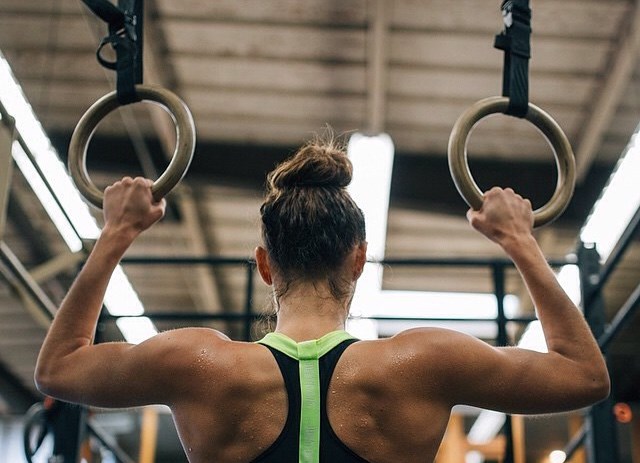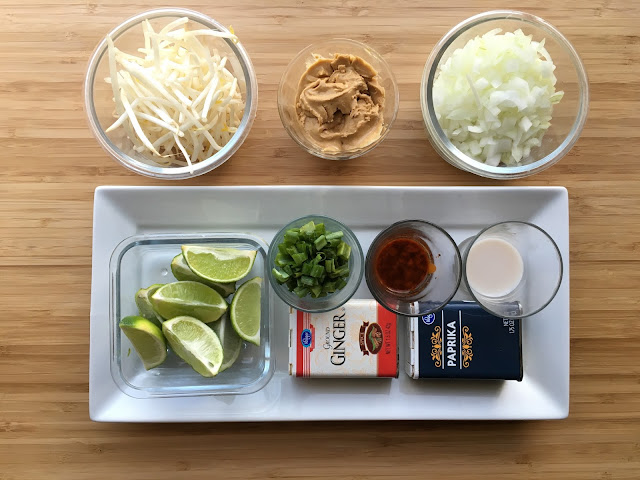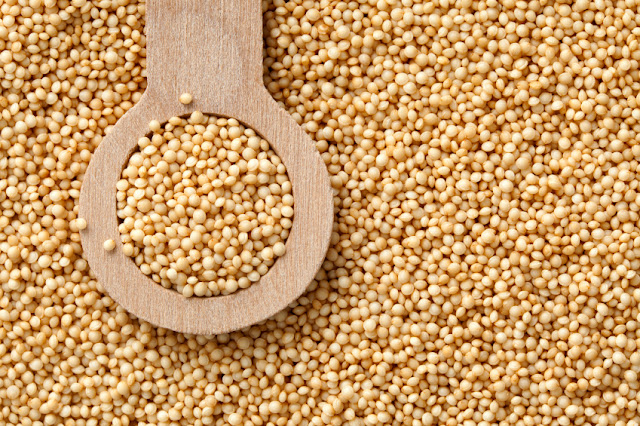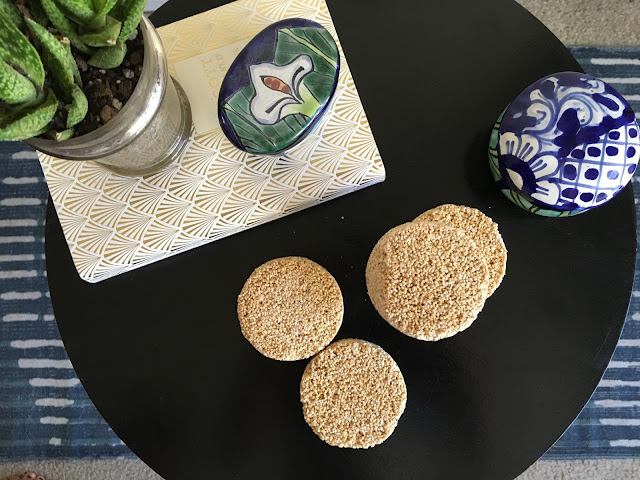I once heard that the average women couldn’t do more than one pull-up, so I was determine to do two. Not just to get stronger, but to prove to myself that I capable of anything with hard work.
Same for push-up, because I went from doing knee push-up to harder variations, I felt kinda like a bad ass. Therefore, I thought I would share a few tips that helped me progress in both movements.
For Pull-ups
Building Grip Strength- In order to be capable of doing a pull-up, your grip has to strong enough to hold up your body weight. Best way to build grip strength, is performing a dead hangs. Once you are capable of hanging for 4-5 minutes, incorporate flex arm hang.
Accessory Muscles Training- Yes, I know building the back muscles is obvious, but also ensuring that your strengthening the upper back. This was useful for me because I never thought how important the upper back, aka the upper/mid trapezoid and rhomboids, was to initiate a pull-up. Some of my favorites are face pulls, scapular pull-ups, seated row machine, and rhomboid pulls.
Progressive Alternatives- Begin practicing pull-ups by attempting pull-up alternatives. As useful as the assisted pull-up machine can be, it could be easy to use the wrong muscles, like your shoulder. I recommend using bands assist pull-up, inverted rows, and of most effective negative pull-ups. Negative pull-ups are great way to build the strength needed for a pull-up.
Form- When performing the pull-up, like any back exercises, squeeze the scapula aka the shoulder blade. By tightening the shoulder blades together, it allows the tension to stay on the back muscles as oppose to using the arms and shoulders.
Losing the weight- Obviously this is only relative on how strong you are. But it does help losing a bit of the weight, to lighten the weight when pulling yourself up.
For clarification the progression is:
- Dead Hangs and Flex Arm Hangs
- Scapular Pull-ups
- Negative, Bands, and/or Inverted Pull-ups
- Chin-ups and Neutral Grip Pull-ups
- Wide Grip Pull-ups
For Push-ups
Strengthen the Stabilizer- While the chest muscle is the primary mover of a push-up, there are other muscles that assist during the movement. These muscles are the shoulder, glutes, triceps, and many small muscles surrounding the rotator cuff. The rotator cuff needs to be strengthen in order to stabilize the movement and to avoid injury. For rotator cuff exercises, my favorites are the cable external rotation, cable internal rotation, and 90 degree external rotation.
The Core Exercise- Push-up is as much of a core workout as a chest workout. Keep your core engaged and suck the belly button to the spine, just like you would with a plank.
Progressive Alternatives- So if you are unable to start with doing one proper push-up (chest touching the ground), then the progression is:
- Wall Push-ups
- Knee Push-ups
- Incline Push-up
- Regular Push-up















